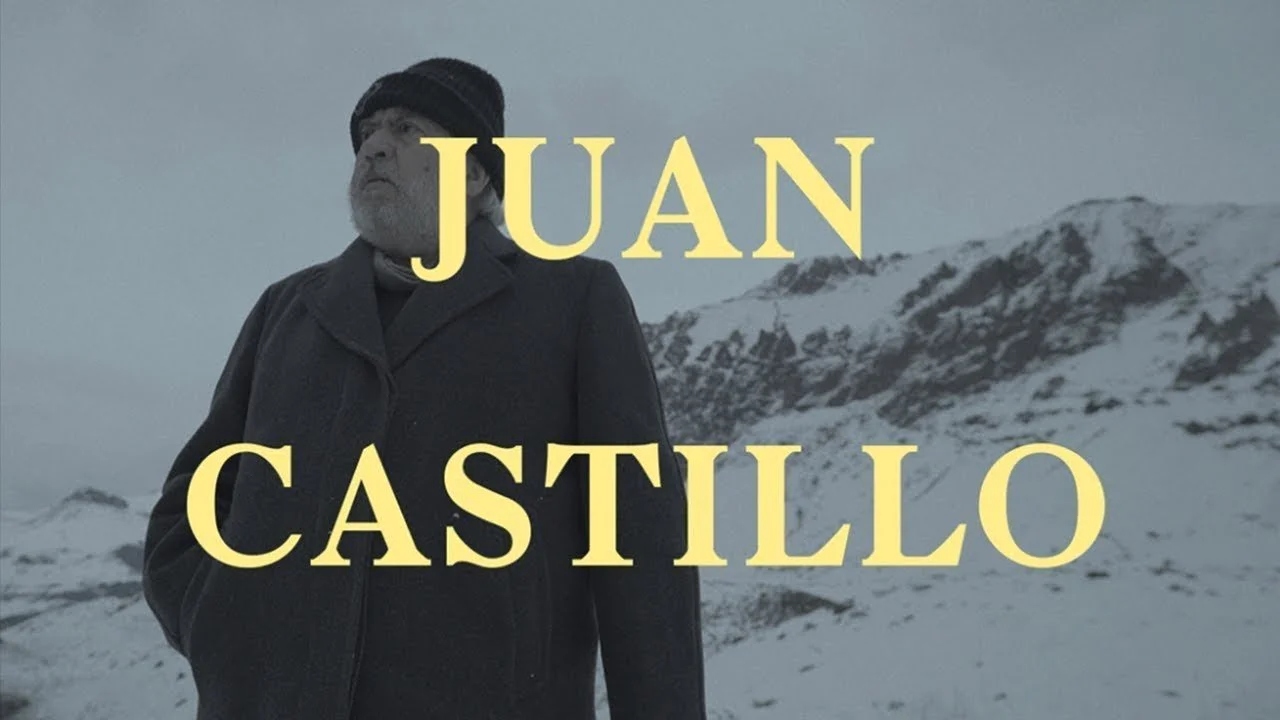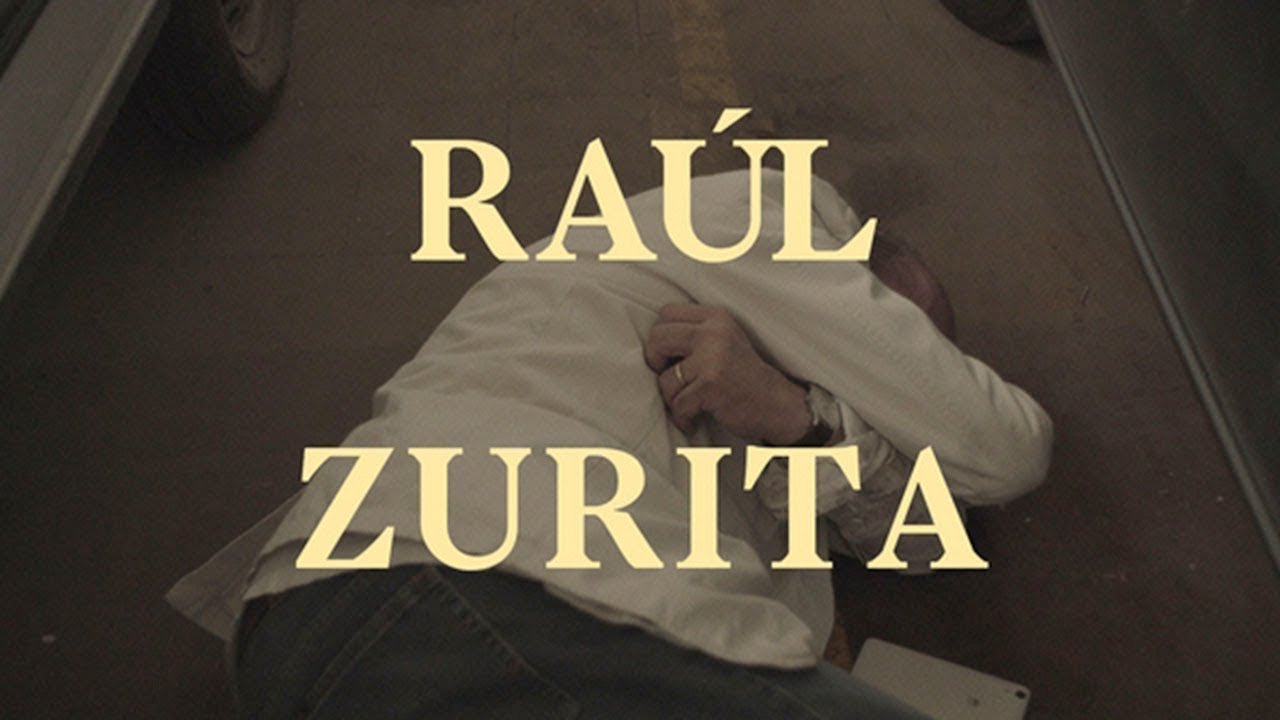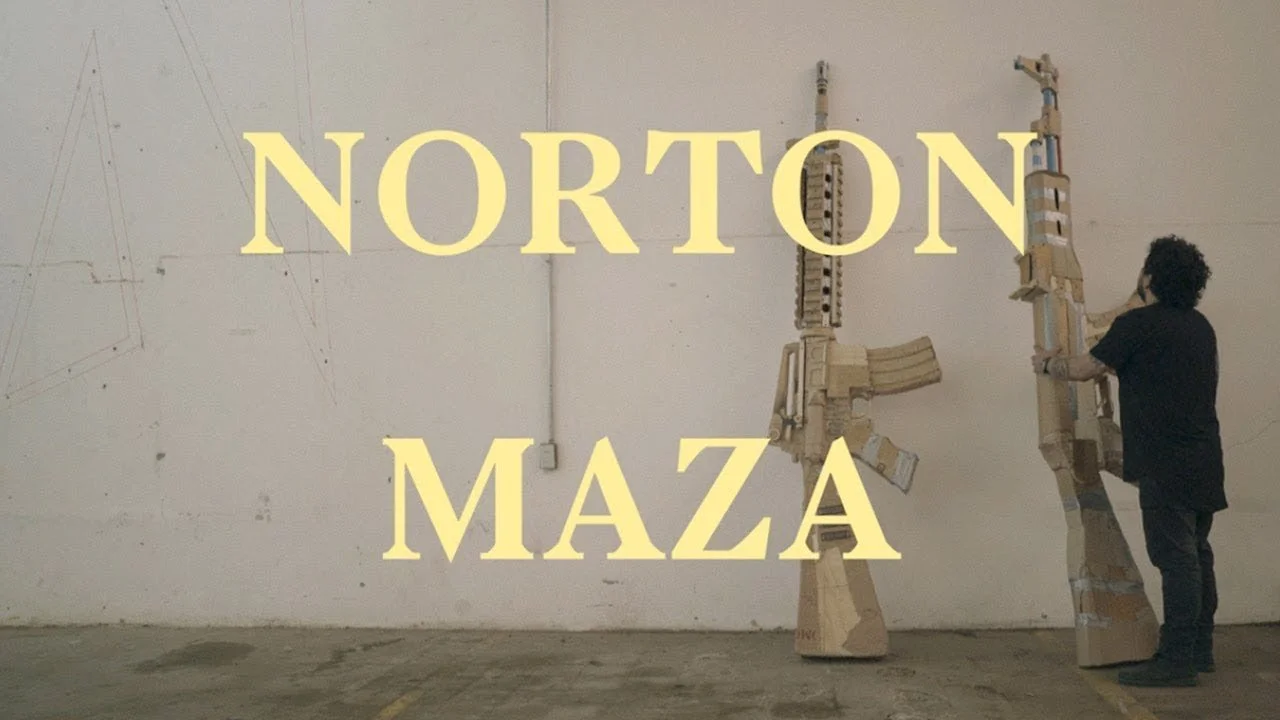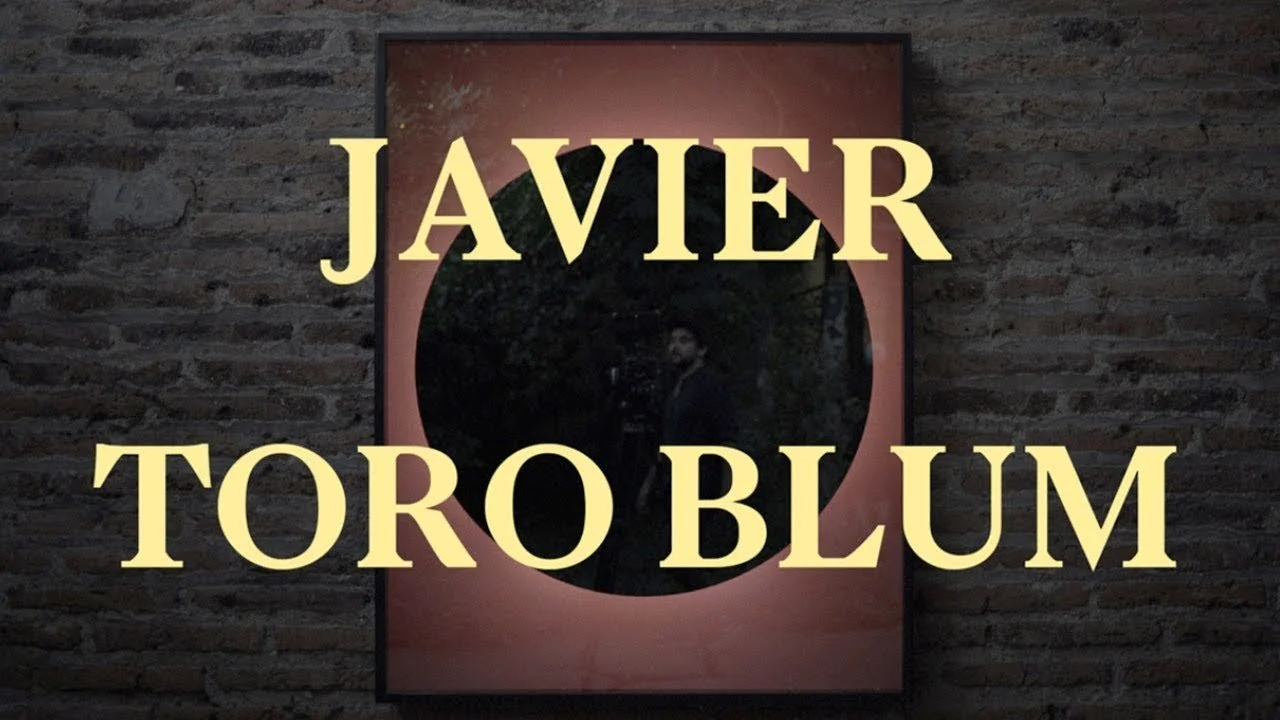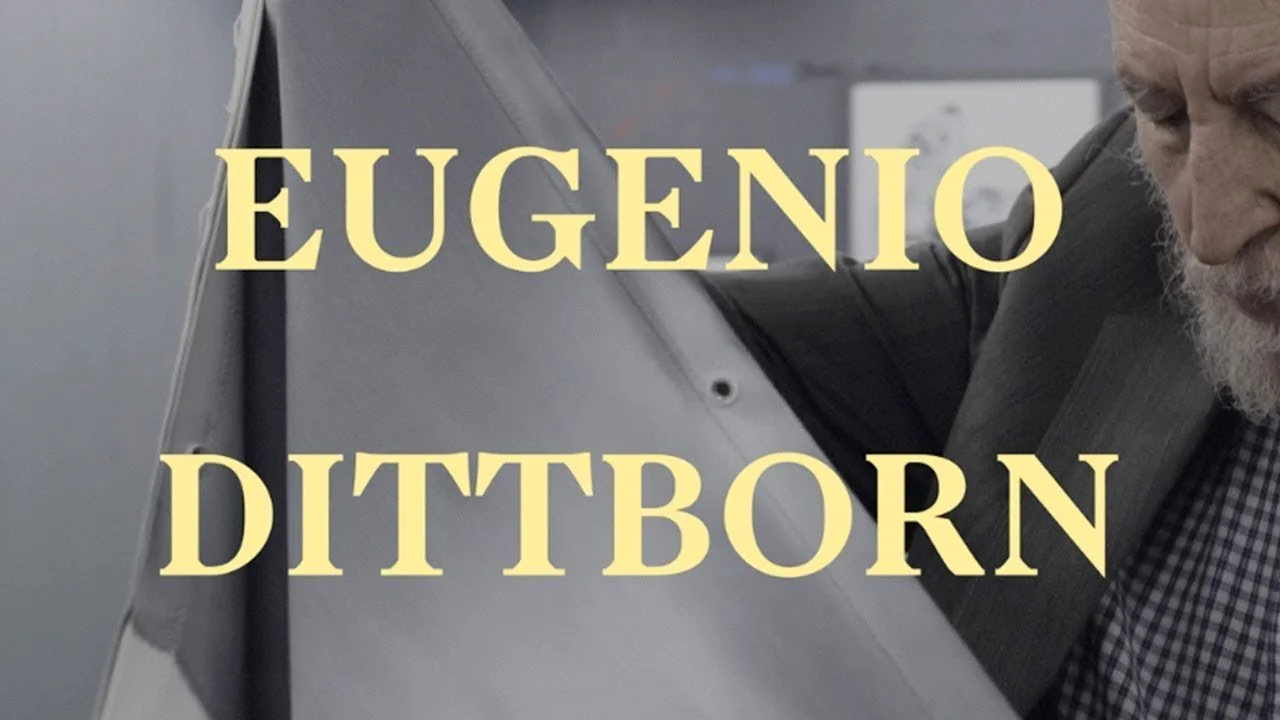gabinete·2018
Gabinete is a short documentary web series of Chilean visual artists that through each chapter and as a whole, wants to show the motivations of contemporary art in the last decades, from the late 70's until today, trying to discover both the formal characteristics of practice as the inspiration that underlies to each creation.
Audiovisual pieces that through their narratives want to provide an account of how the human is a being that in action can build an identity, and also they seek going into the inner world of the artist, reveal the intentions and impulses that have led them to create and to keep working. A configuration of the discipline and work in Chile that has been building an image to be perceived abroad, which could respond to the same indicators and paradigms that have built the national character.
Chapter One
I give you back your image
Ever since his childhood, he knew that he would devote himself to art, as he was always close to it. He grew up in a rich artistic environment of that time in northern Chile, and then moved to Valparaíso where he studied at the School of Architecture at the Universidad Católica, a career he ultimately did not pursue, to totally devote himself to art. In the 60s, he made public interventions that used language, words, objects and austere materials to transmit a message to be codified by the spectator, who has a role of vital importance for the artwork, as the artist states. In the late 60s, he formed the Colectivo Acciones de Arte.
Chapter Two
Purgatory
A poet known both globally and in his native Chile as one of the most important figures in the language arts through works such as “Purgatorio” (Purgatory) (1979) and “Anteparaíso” (Anteparadise) (1982). He was detained and tortured during the 1973 military coup in Chile and was later released, but under the condition that he could not enter into any bookstore, the result of which allowed him to see “Purgatorio” only through the store’s windows.
Chapter Three
Strikethrough
Born in Rancagua in 1971. Few years after she moved from Chile to Brazil and returned in her adolescence to experience the uprooting that made her look for her history, that of Chile’s and her identity, from art. She’s part of the artists’ generation of the 90s and the history’s political sense and the concept of trauma in her, are fundamental and urgent topics in her thematic and practice. Since then, her research and formal development have focused on that traumatic behaviour inherited from the individual and collective distress, in which the dialectic between the occult and what appears has turned into an aesthetic peculiarity to express what is repressed in society, through archives that write the history, as well as in people.
Chapter Four
The Other One
In order to speak about Bernardo Oyarzún’s work, we must consider several different indicators ranging from not only his own personal biography but also that particular to American and world history.
His work did not have a big impact or visibility in the late 80s when he graduated from university, and it wasn’t because of the characteristics of his artistic practice or because the dictatorship in Chile was nearing it’s end. It was only the repercussion of a very particular fact, incorrectly referred to as mere anecdote, which changed the course of the artist’s career.
Chapter Five
The Toy
Only four years after being born in Lautaro in 1971, Norton Maza moves to France with his father, who was exiled after being detained for two years, during dictatorship. In 1980 he changes country again, this time to Cuba, to start studying art, and returns to France in 1985 to complement his studies in the Bordeaux Academy of Fine Arts. The artist’s memories of Chile when he was little are scarce, being much fresher those that marked his childhood and adolescence in Cuba, where the precariousness of maybe not so urgent matters, made him develop his creativity. For example, toys were scarce and he started making his own since very little.
Chapter Six
The Portal
The history of the youngest artist of Gabinete proves that the context marks the beginning and characteristics of the artistic practice in somebody.
For Pilar Quinteros, having been born in Puerto Montt made her take her imagination far. She inherited the fascination for the mix of manufacturing, history and patrimony from her mother, an architect, and the persistence to develop projects, many times hard to carry out, from her father, a marathon runner.
Moving to Santiago made her perceive in a different way her surrounding, the cities and their inhabitants and so, the configuration of the history starting from facts many times expressed in what is built and risen by men, became her driving force to create her pieces.
Chapter Seven
I have nothing to reveal
For Javier Toro Blum (Santiago, 1983) the interest for art and its practice comes from somewhere else. The artist was born in Santiago de Chile in 1983 and was close to linguistics, psychology and poetry since he was very young. More specifically, with the world of concrete poetry, prevailing abstract conceptualization beyond a symbolic and biased representation. So, from his first years in psychology, he decided to move to art studies, strongly influenced by the figures of Robert Simthson, North American artist that changed abstract painting for sculpture and recognized as one of the most influential artists of Land Art or, like he proposed, “Earthworks”; and by Carl Andre, North American as well, sculptor and poet and one of the main exponents of minimalism.
Chapter Eight
Fold
Eugenio Dittborn, one of the most internationally renowned Chilean contemporary artists, was born in 1943 in Santiago de Chile. After studying painting and engraving, he travelled to Europe to study photosetting, lithography and painting and returned to Chile in 1972, shortly before the 1973 Military Coup, after which the way art was made and thought about, changed dramatically.
credits
Dirección
Felipe Ríos
Editorial
Carolina Martínez
Fotografía
Enrique Warnken y Eduardo Bunster
Producción Ejecutiva
Catalina Vergara y Fernando Bascuñan
Asistencia de Dirección
Nicolas Lira
Montaje
Pascual Sotomayor y Catalina Marín
Sonido
Nicolás Munizaga, Claudio Vargas y Peter Rosenthal
Post Producción de Audio
Playhead·London
Música y Diseño Sonoro
Lister Rossel y Utkucan Eken
Diseño Gráfico
Natalia Cerda
Corrección de Color
Nicolás Ponce
Grip
Pepe Blanco y Daniel Miranda
Producida por SAGRADO CINE
www.sagradocine.cl



